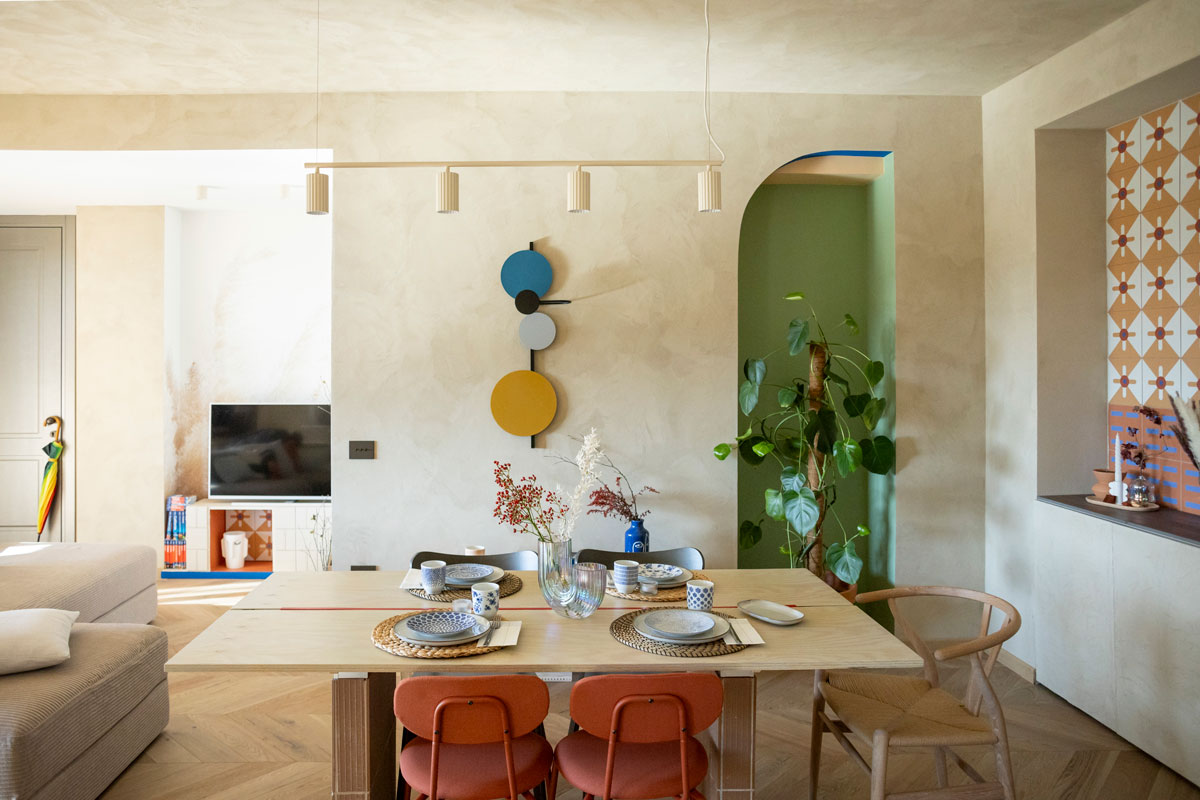I came back to Tokyo after ten years and I immediately thought that it is an even more unique city than the one I remembered. I believe that what makes it so special is the fact that in Tokyo you can find absolute modernity together with far traditions. In the same way, you can find the mega business and shopping districts – yes, those with big screens and neon signs you think of when imagining about Tokyo – and, just a few steps away, residential areas by low detached houses, people on foot or by bikes, making you feel in another city.
Exactly in one of these quiet areas is located HIGASHI-YAMA Tokyo, a design restaurant in Tokyo where we spent a very pleasant evening and where I bring you virtually today.
.
[ italian ] Sono tornata a Tokyo dopo dieci anni e ho subito pensato che è una città ancora più unica di quello che ricordavo. Credo che ciò che la rende così speciale sia il fatto che a Tokyo puoi trovare la modernità più assoluta e assieme le tradizioni di una lunga storia. Allo stesso modo, puoi trovare i mega quartieri degli affari e dello shopping -per capirsi quelli con i maxi schermi e le insegne al neon, e a pochi passi zone residenziali fatte di piccole case basse, di gente che si muove a piedi o i bici, e sembra di trovarsi in un’altra città.
Proprio in una di queste zone si trova HIGASHI-YAMA Tokyo, ristorante giapponese di design nel quale abbiamo trascorso una serata molto piacevole e in cui vi porto virtualmente oggi.


The neighborhood is called Meguro and is a residential area of Tokyo, walking distance (a quarter of an hour walk – we did it) from Shibuya (I will talk soon about this neighborhood, but for sure if you have already been to Tokyo you know it). Meguro takes its name from the river that runs through it and it becomes a crowdy place during the cherry blossom (sakura), because of the cherry trees on the banks of the river. During the rest of the year, however, it is one of the neighborhoods preferred by Tokyoites, as well as one of those areas where you can find small independent shops, art ateliers and hip cafés and restaurants.
HIGASHI-YAMA Tokyo restaurant is located right inside one of the houses of the neighborhood, on a quite side street which is not so easy to find if you don’t know it. Entering in this place is like taking a big breath from Tokyo chaos, and here you can taste traditional Japanese dishes revisited in a contemporary way.
.
[ italian ] Il quartiere si chiama Meguro ed è un’area residenziale di Tokyo, a pochi passi (un quarto d’ora a piedi, ve lo confermo) da Shibuya (quartiere di cui vi parlerò presto e che chiunque sia stato a Tokyo di sicuro conosce). Meguro prende il nome dal canale che lo attraversa e diventa un luogo molto visitato durante il periodo di fioritura dei ciliegi (sakura), proprio per i ciliegi che occupano le rive del fiume. Durante il resto dell’anno, invece, è uno dei quartieri preferiti dai residenti, nonché una di quelle zone in cui trovare piccoli negozi indipendenti e locali dal design molto curato.
Il ristorante HIGASHI-YAMA Tokyo si trova proprio all’interno di una delle case del quartiere, in una strada secondaria poco trafficata e non semplicissima da trovare. Entrare in questo locale è come fare un salto nel passato, tuttavia senza perdere tutta la qualità e le novità del presente. La cucina infatti propone piatti della tradizione giapponese rivisitati in chiave contemporanea.





The interior layout reflects all the intimacy of Japanese residential interiors, with a small entrance hall, a larger room with open kitchen and, on the lower level, a bar area with a cozy sitting corner and a relax area. Everything is designed in a contemporary wabi-sabi aesthetics, from the interiors to the table setting: dark hardwoods, stone, leather and raw materials, with very few decor elements perfectly integrated in the decor. My feeling, after visiting Japan and especially this place, was that we can take inspiration by the way Japanese decorate and design, but that their aesthetics is inimitable because it really reflects their way of being, so different from ours.
The interiors of HIGASHI-YAMA Tokyo have been designed by Simplicity, a Japanese multidisciplinary studio that I invite you to know through this link
.
[ italian ] Anche la disposizione degli interni riprende tutta l’intimità degli interni residenziali giapponesi, con una piccola sala d’ingresso, una sala più grande con cucina a vista e, al piano inferiore, una zona bar con salottino e una zona dedicata al relax. Tutto si accompagna ad un’estetica wabi-sabi, minimalista e vissuta, che va dalla mise-en place agli arredi: legno massiccio, pietra, pelle e pochi elementi decorativi perfettamente integrati nell’insieme. La mia sensazione, durante tutto il mio viaggio in Giappone e specialmente in questo posto, è stata quella che possiamo lasciarci ispirare quanto vogliamo dal loro stile, ma l’estetica giapponese è essenzialmente inimitabile perché riflette davvero il loro modo di essere, così diverso dal nostro.
Gli interni di HIGASHI-YAMA Tokyo sono stati progettati da Simplicity, studio multidisciplinare giapponese che vi invito a conoscere tramite questo link.







See you soon with many other articles about Japan.
In the meantime, discover the world’s first digital art museum here
A presto con tanti altri articoli a tema Giappone.
Nel frattempo, scoprite il primo museo di arte digitale al mondo qui
–
.
Photos Tokyo ©ITALIANBARK | Restaurant courtesy of ©HIGASHI-YAMA Tokyo








